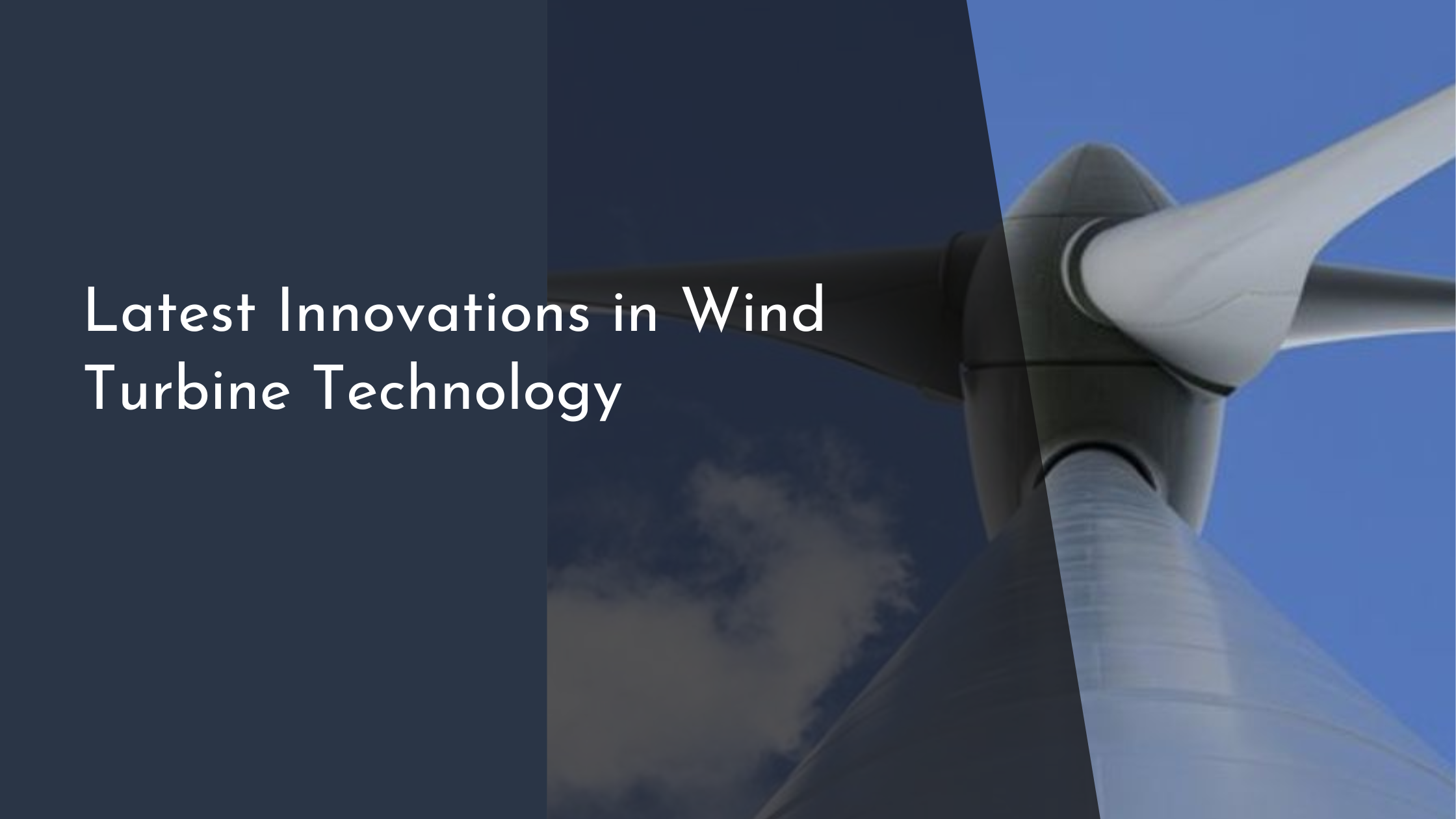Latest Innovations in Wind Turbine Technology
The wind energy sector has been experiencing a revolutionary transformation over the past few years, thanks to cutting-edge innovations in wind turbine technology. These advancements not only enhance the efficiency and reliability of wind turbines but also make them more sustainable and adaptable to various environments. This article delves into some of the latest breakthroughs in wind turbine technology, highlighting innovations in blade design, IoT integration, offshore capabilities, and sustainable materials. Whether you’re an industry professional or simply curious about renewable energy, these developments are sure to inspire and excite.
Advances in Blade Design for Enhanced Efficiency
One of the most significant strides in wind turbine technology is the advancement in blade design, aimed at maximizing efficiency and energy capture. Modern blades are increasingly being engineered with aerodynamic precision, incorporating features such as serrated edges and winglets to reduce noise and minimize drag. These modifications allow turbines to harness more wind energy across a broader range of wind speeds, resulting in higher energy output and lower operational costs. Researchers are also exploring the use of biomimicry, drawing inspiration from nature’s designs, such as the bumps on humpback whale fins, to create blades that can perform optimally under turbulent conditions.
Moreover, adaptive blade technology is gaining traction, where blades can adjust their shape in response to varying wind conditions. By utilizing advanced materials and smart sensors, these blades can morph and optimize their angle and shape, ensuring the turbine operates at peak efficiency regardless of wind intensity. This adaptability not only enhances performance but also prolongs the lifespan of the turbine by reducing mechanical stress. The combination of these innovative design approaches is setting new benchmarks in the quest for more efficient and reliable wind energy solutions.
Smart Wind Turbines with IoT Integration
The integration of Internet of Things (IoT) technology in wind turbines is revolutionizing how these systems operate and are monitored. By equipping turbines with sensors and connectivity features, operators can now collect and analyze real-time data on performance, weather conditions, and maintenance needs. This data-driven approach allows for predictive maintenance strategies, where potential issues are identified and addressed before they lead to costly downtime. Such proactive management not only enhances the reliability of wind farms but also optimizes energy production by ensuring turbines are operating under optimal conditions at all times.
Beyond maintenance, IoT integration enables smarter grid management and energy distribution. Turbines can communicate with each other and the grid, adjusting their output based on demand and supply dynamics. This smart connectivity helps in balancing load and minimizing energy wastage, ensuring a more stable and efficient power supply. Additionally, IoT solutions are opening up new avenues for remote monitoring and control, allowing operators to manage wind farms from anywhere in the world. The marriage of IoT and wind energy is a promising step toward a more interconnected and efficient renewable energy future.
Breakthroughs in Offshore Wind Technology
Offshore wind technology has undergone remarkable advancements, paving the way for tapping into the vast wind resources available over oceans and seas. One of the most notable breakthroughs is the development of floating wind turbines, which can be installed in deeper waters where traditional fixed-bottom turbines are not feasible. These floating structures are anchored to the seabed and are capable of withstanding harsh marine conditions, thereby expanding the potential for offshore wind farms in previously inaccessible areas. Their deployment is opening up new possibilities for countries with limited shallow coastal areas to harness offshore wind energy.
Another significant innovation in offshore wind technology is the improvement in turbine size and capacity. Larger turbines with higher megawatt outputs are being developed, allowing fewer units to produce the same amount of energy, reducing installation and maintenance costs. These massive turbines are designed to capture the more consistent and stronger winds found at sea, significantly boosting energy production. The combination of floating technology and increased turbine capacity is setting the stage for a new era of offshore wind energy that is both economically and environmentally viable.
Sustainable Materials Revolutionizing Production
Sustainability is at the forefront of modern wind turbine production, with a strong emphasis on the use of eco-friendly materials. Innovations in material science have led to the development of biodegradable and recyclable components, such as blades made from composite materials that can be broken down and repurposed. This shift not only reduces the environmental impact of turbine manufacturing and disposal but also aligns with the broader goals of the circular economy. By minimizing waste and resource consumption, these sustainable materials are making wind energy an even greener option.
In addition to biodegradable materials, the use of lightweight and durable composites is improving the overall efficiency and performance of wind turbines. These materials enable the production of larger blades without compromising on structural integrity, allowing turbines to capture more wind energy. Furthermore, advancements in the production processes for these materials are reducing energy consumption and emissions, further enhancing the sustainability of wind turbine manufacturing. By adopting these innovative materials, the wind energy industry is taking significant steps toward a more sustainable future.
The latest innovations in wind turbine technology are pushing the boundaries of what is possible in renewable energy. From advanced blade designs and IoT-enabled smart systems to groundbreaking offshore capabilities and sustainable materials, these advancements are not only enhancing efficiency and performance but are also contributing to a more sustainable and resilient energy future. As these technologies continue to evolve, they hold the promise of making wind energy a cornerstone of global energy solutions, helping to mitigate climate change and reduce our reliance on fossil fuels. The future of wind energy is bright, and these innovations are leading the charge.

